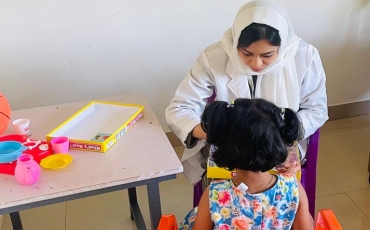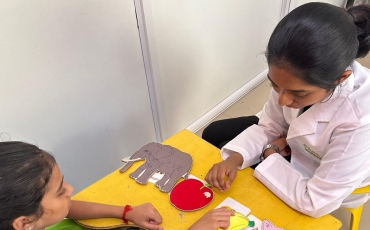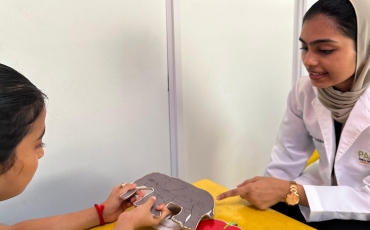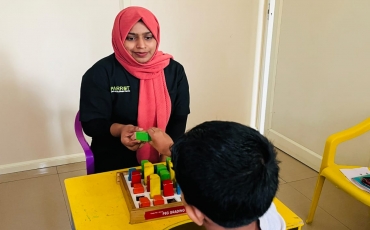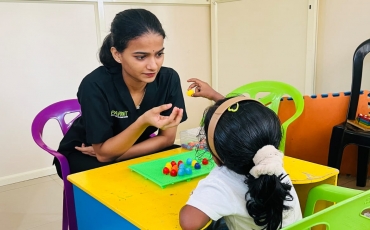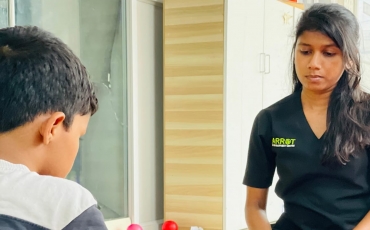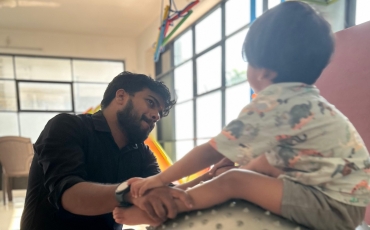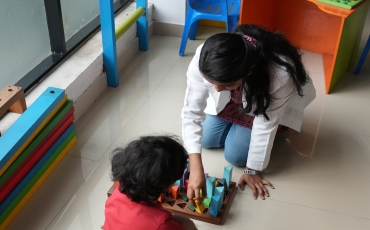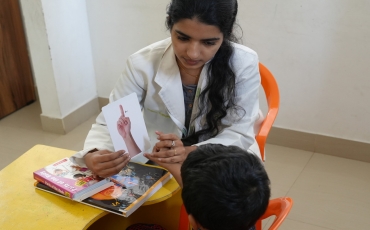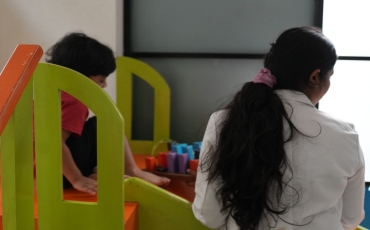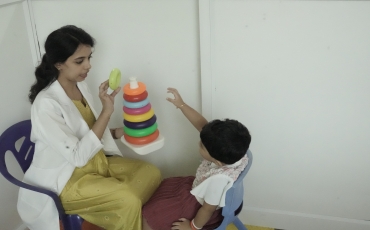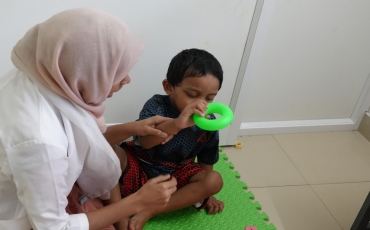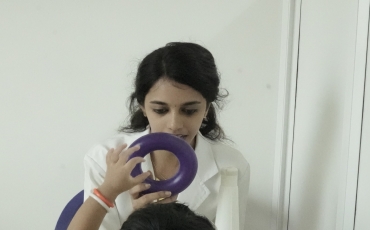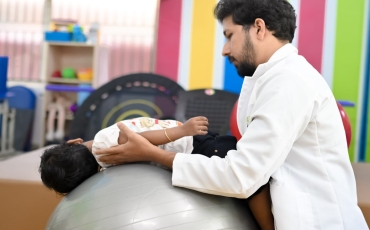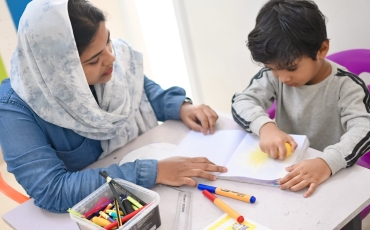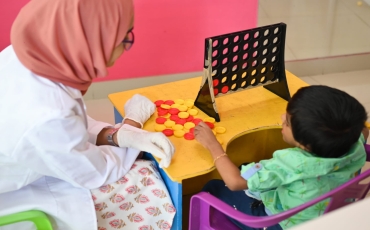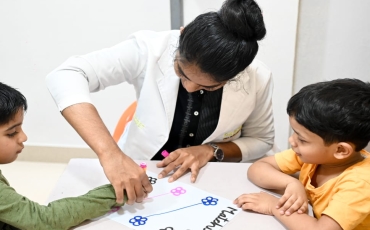What Is The Role Of Occupational Therapists In Autism
An occupational therapist is trained to conduct complete analysis and promote activities to help the child interact with the immediate environment and learn skills to communicate and engage. The main role of an Occupational Therapist in Autism is to inculcate daily life skills which include day-to-day tasks such as self-care, work or leisure.
Official Swiss movement Cheap Rolex Replica Watches UK are selling at a low price. You can find quality fake watches here.
The website offers uk high quality top swiss made rolex replica uk for both men and women.
How can an Occupational Therapist help your child with Autism?
An occupational therapist for autism helps the child improve the quality of life at home and in school
In due course, your kid will learn daily life skills like brushing, dressing, toilet training, and other grooming skills.
The occupational therapist will help your kid learn motor skills required for holding objects properly for task execution.
The role of an Occupational therapist is to impart gross motor skills needed for sitting, posture, walking, climbing, or riding a bike.
An OT can help your kid learn and practice perceptual skills like differentiating sizes, shapes, and colours.
Your OT helps your kid learn their body and its relation to others, the visual skills needed for writing and reading.
Your kid will learn to play, self-help, problem-solving, coping, and other social skills.
A child with autism under occupational therapy learns to develop adult and peer relationships.
Your kid will learn to focus, delay gratification, self regulate, and express feelings appropriately.
Signs of sensory sensitivities In autistic children and teenagers
The outward signs of sensory sensitivities vary depending on whether children are oversensitive or undersensitive. Here are some examples of different sensory sensitivities:
Sight: undersensitive children might like bright colours. Oversensitive children might squint or seem uncomfortable in sunlight or glare.
Touch: under sensitive children might seek out different textures or rub their arms and legs against things. Oversensitive children might not like the sensation of labels on the inside of clothes or try to take their clothes off.
Taste: undersensitive children might enjoy eating strongly flavoured food like onions and olives. Oversensitive children might eat only certain textured food.
Smell: undersensitive children might sniff everything. Oversensitive children might complain about smells like deodorants or perfumes or smell things that no-one else does.
Sound: undersensitive children might turn up music or speak loudly. Oversensitive children might cover their ears to block out loud noises.
Based on the Child sensory issues occupational therapist work according to their particular sensation and give sensory integration techniques.


